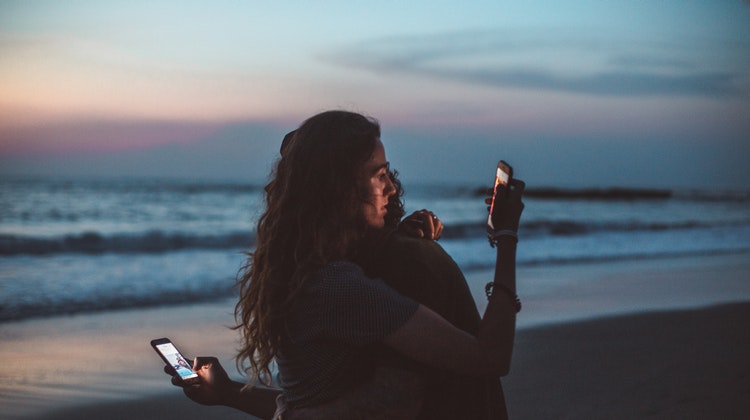
Photo Credit: pexels
Just a few years ago, the breathless hype around social media seemed almost intoxicating: social platforms like Twitter were helping to topple dictators around the world, friends and families were connecting (or re-connecting) in fun new ways, new influencers were being created seemingly overnight, and even the world of hyper-personalized advertising seemed to presage some great new phase of capitalism. But fast-forward to the current time, and you’re more likely to run across a dystopian-style review of social media, linking companies like Facebook and Twitter to all the ailments of the modern world. This might help to explain why the latest Netflix documentary exploring the dangerous impacts of social media (“The Social Dilemma”) is garnering so much attention right now, especially from the men and women who helped to build and design these platforms.
“The Social Dilemma” explained
The new documentary from veteran filmmaker Jeff Orlowski paints a disturbing view of modern society. In many ways, the film suggests, social media has become a powerful and manipulative technology capable of not only predicting what people will do or say, but also influencing their behavior without them even knowing. Every single action that you take online – liking a post, leaving a comment, or creating content of your own – is recorded, analyzed and then data-mined by these companies.
By finding new ways for you to engage online, they are able to monetize every action that you take, essentially making it possible to sell your information to the highest bidder. In most cases, this “highest bidder” is a company trying to sell you something. However, in other cases, it is a politician or propagandist trying to sell you on a political ideology. And that’s where things get really dangerous. In the film, for example, young teens are radicalized via YouTube, buying into a political ideology without really knowing why, and riots and protests ensue.
Warning signs from the creators of social media
What is perhaps most telling about the documentary is how even the men and women who helped to create and design these platforms are now having second thoughts about the future of social media. In stories told throughout the film, entrepreneurs, designers, psychologists and data experts admit that they will not allow their own kids on it. Many of the social issues faced by teens today – loneliness, anxiety and a negative sense of self – can be traced back to these platforms. Even worse, social media is meant to be addictive, so young kids and teens are developing addiction-fueled antisocial behaviors (e.g. surreptitiously texting with friends instead of spending quality time IRL with family members).
This “social dilemma” presented in detail by the film is certainly worth exploring (and not just with an echo-chamber of people following you on social media). Is it possible that social media platforms will lead to the demise of American society as we know it? Will all the dangerous impacts of social media create a forgotten generation of individuals incapable of dealing with real-life problems. Is social media really some sort of “checkmate on humanity,” as the film suggests?
Time to solve the social dilemma
Well, just keep in mind that even the best intentioned of films exists for one reason: to make money. And to make money these days, you need to present a very polarized perspective on an issue that can generate a lot of controversy. One way to do that is to make everything sound like the end of the world, or a death-knell for modern civilization. (And Orlowski himself took this same approach with his earlier documentaries on climate change.)
That being said, it should be obvious to just about everyone paying attention to headlines in their social media news feeds that something about social media is very much broken these days. The big social media giants need to wake up to the fact that they play a tremendous role in the development of society, as well as the development of all of us as individuals.